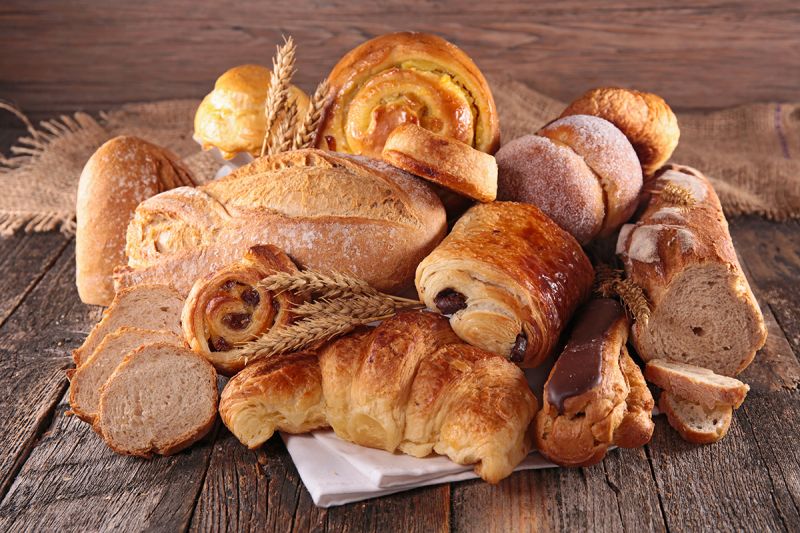
Baking is not just a culinary skill; it's an art form that requires precision, creativity, and passion. Many of us have our favorite bakeries that we frequent, whether it's for their flaky croissants, decadent cakes, or crusty bread. Have you ever wondered what makes these baked goods so delicious and irresistible? In this article, we will delve into the secrets behind your favorite bakeries and uncover the techniques that set them apart.
The Importance of Ingredients
Quality is Key
- Great bakeries in Hollywood Florida prioritize using high-quality ingredients to ensure the best possible taste and texture in their products.
- Freshness is crucial for ingredients like flour, butter, eggs, and dairy products.
- Organic and locally-sourced ingredients are often favored by artisanal bakeries for their superior flavor.
Flour Power
- Choosing the right type of flour can make a significant difference in the final product.
- Bakeries often use specialty flours like whole wheat, rye, or spelt to add unique flavors and textures to their baked goods.
- Flour with a higher protein content, like bread flour, is ideal for making chewy bread and pizza dough.
The Art of Mixing and Kneading
Technique Matters
- Proper mixing and kneading of the dough is crucial for developing gluten and achieving the desired texture.
- Bakers may use different methods such as hand kneading, stand mixers, or bread machines to mix and knead the dough.
- Overmixing or undermixing can result in tough or dense baked goods, so it's essential to follow the recipe instructions carefully.
Fermentation and Proofing
- Allowing the dough to ferment and rise properly is key to developing flavor and texture.
- Many bakeries use a slow fermentation process, which involves letting the dough rest for an extended period to enhance flavor.
- Proofing, or allowing the dough to rise before baking, helps create a light and airy crumb in bread and pastries.
The Science of Baking
Temperature Control
- Baking is a delicate balance of time and temperature.
- Preheating the oven to the correct temperature ensures even baking and optimal results.
- Different baked goods require specific oven temperatures for the best outcome, so it's essential to follow the recipe guidelines.
Leavening Agents
- Baking powder, baking soda, yeast, and sourdough starter are common leavening agents used in baking.
- These ingredients help baked goods rise and achieve the desired texture.
- Understanding how to properly use leavening agents is crucial for baking success.
The Finishing Touches
Decorating and Presentation
- Many bakeries take great care in decorating their products to make them visually appealing.
- Techniques like piping, fondant work, and glazing are commonly used to enhance the appearance of cakes, pastries, and other baked goods.
- Attention to detail and creativity play a significant role in the presentation of baked goods.
Flavor Pairings
- Pairing complementary flavors is an art in itself.
- Bakeries often experiment with different flavor combinations to create unique and delicious treats.
- Balancing sweet, savory, and acidic flavors can elevate the taste experience of baked goods.
In conclusion, the art of baking goes beyond following a recipe; it involves a deep understanding of ingredients, techniques, and the science behind baking. The next time you bite into a scrumptious pastry or a freshly baked loaf of bread from your favorite bakery, take a moment to appreciate the skill and craftsmanship that went into creating that delectable treat.